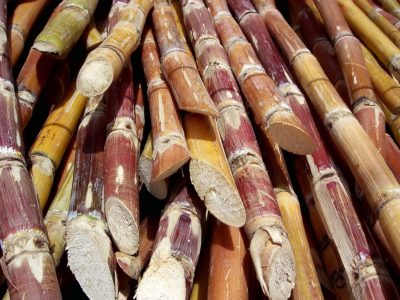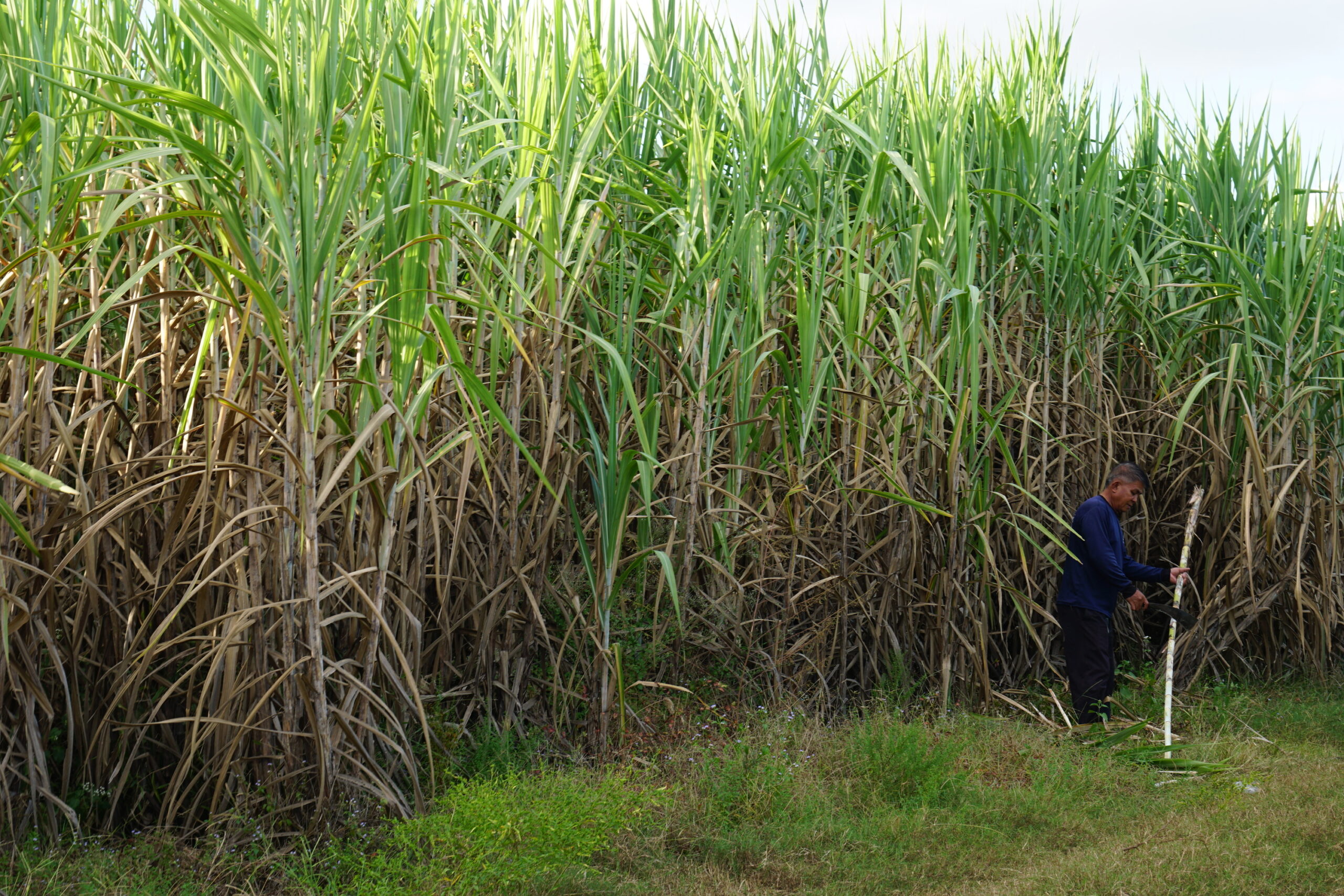The Difference Between Sugar and Cane: Understanding the Basics
The Difference Between Sugar and Cane: Understanding the Basics
Blog Article
Exactly How Cane Sugar Handling Chemicals Improve Sugar High Quality and Yield
The role of handling chemicals in cane sugar manufacturing is pivotal, as they straight affect both the quality and return of the end product. By using materials such as lime and phosphoric acid, makers can efficiently remove pollutants and enhance removal efficiency. Additionally, the incorporation of triggered carbon and enzymes offers to maximize the breakdown of intricate sugars, inevitably leading to a purer and higher-quality sugar. Nonetheless, the complexities of just how these chemicals communicate within the handling environment raise concerns about their lasting ramifications and possible innovations in the sector.
Review of Walking Stick Sugar Handling
Cane sugar processing includes a series of essential steps that transform raw sugarcane into refined sugar products. The procedure begins with harvesting, where fully grown sugarcane stalks are cut and transferred to refining facilities. Upon arrival, the walking cane undergoes cleaning to get rid of pollutants such as soil and plant products.
Complying with washing, the walking stick is squashed to extract the juice, which consists of sucrose - sugar and cane. This juice undergoes explanation, where lime and warm are utilized to remove remaining pollutants and non-sugar parts. The cleared up juice is then evaporated to focus the sugar web content, bring about the formation of thick syrup
Next, the syrup is crystallized through a controlled air conditioning procedure, leading to sugar crystals. These crystals are divided from the continuing to be syrup in centrifuges. The raw sugar acquired is generally brownish because of residual molasses web content. To attain refined sugar, additional purification actions are applied, including washing, re-crystallization, and drying out.
The last product is either packaged as raw sugar or additionally refined into white sugar, satisfying different consumer and industrial needs. This detailed series of steps ensures the manufacturing of high-grade sugar, important for numerous applications in food and beverage industries.
Trick Processing Chemicals Made Use Of
The production of refined walking stick sugar relies on numerous processing chemicals that play considerable duties at various phases. This action is necessary for boosting the overall high quality of the drawn out juice.
Phosphoric acid serves a double purpose; it boosts the clarification procedure and assists in the removal of color-forming substances, contributing to a greater pureness of the end product. In addition, sulfur dioxide functions as a lightening representative, enabling the efficient removal of undesirable pigments and improving the shade of the sugar.
Various other significant chemicals include activated carbon, which is employed for additional decolorization, and enzymes that promote the failure of complicated sugars right into less complex kinds, therefore enhancing yield. The careful selection and application of these handling chemicals are important for optimizing the effectiveness of sugar extraction and refining processes, ultimately bring about an extra regular and better sugar product.

Influence On Sugar Quality
Exactly how do processing chemicals affect the top quality of polished sugar? The introduction of various chemicals in the walking cane sugar handling stage considerably improves the pureness and overall quality of the last product.
Moreover, the usage of triggered carbon and ion-exchange materials throughout the refining process plays an essential role in getting rid of off-flavors and unfavorable odors, adding to the sugar's sensory account. This refinement not only boosts the organoleptic and visual high qualities but additionally improves the life span by minimizing microbial activity related to contaminations.
Additionally, the specific application of these chemicals makes certain that the sugar shows a consistent grain dimension and flowability, which are essential features for both industrial applications and consumer choices. Generally, the calculated use processing chemicals is basic in achieving premium refined sugar that satisfies market criteria and consumer assumptions.

Enhancing Yield Performance
Enhancing yield efficiency in cane sugar handling involves enhancing different stages of production to make the most of the quantity of sugar drawn out from raw cane. One essential facet is the selection and application of suitable handling chemicals, which can help with the breakdown of cell wall surfaces and boost sugar launch during removal. Chemicals such as enzymes and acids play an essential duty in this process by hydrolyzing polysaccharides and liquifying impurities, therefore improving the overall extraction performance.

Regular surveillance and modification of processing specifications are vital to keep efficiency throughout production (sugar and cane). By employing these strategies, sugar manufacturers can not only raise the quantity of sugar obtained yet likewise decrease waste and lower production prices, contributing to an extra sustainable and successful sugar handling operation
Advantages for Producers and Customers
Cane sugar handling chemicals provide considerable benefits for both customers and producers, producing an extra sustainable and efficient market. For producers, these chemicals enhance extraction procedures, leading to higher returns and enhanced sugar quality.
The better high quality of sugar translates to better taste and uniformity in food products. Furthermore, the resource use of processing chemicals can lead to an extra secure supply of sugar, mitigating lacks and price spikes that can take place due to ecological variables or market fluctuations.
Conclusion

The duty of handling chemicals in cane sugar production is pivotal, as they straight affect both the high quality and return of the final product (sugar and cane). The unification of triggered carbon and basics enzymes offers to enhance the breakdown of intricate sugars, ultimately leading to a purer and higher-quality sugar.Walking stick sugar handling entails a collection of critical actions that transform raw sugarcane into polished sugar products.Enhancing yield effectiveness in cane sugar processing entails maximizing different phases of production to make the most of the quantity of sugar extracted content from raw cane.Walking cane sugar processing chemicals play a crucial role in improving both sugar top quality and return
Report this page